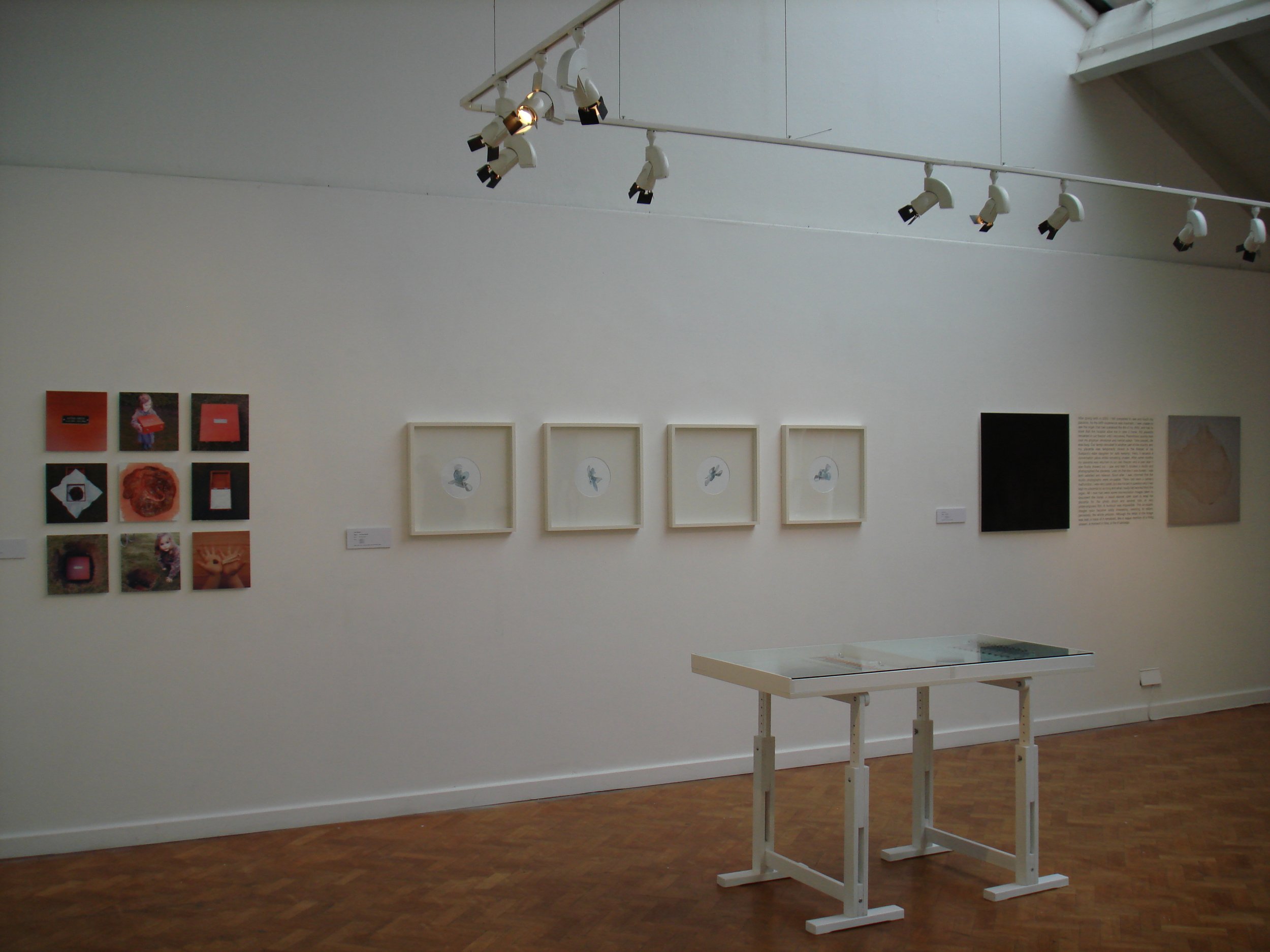
Three Stages of Labour
Three Stages of Labour
2007
About this project:
Three Stages of Labour takes as its subjects conception, birth and nurture. Specifically, in this work I chose to reflect, on the trauma often experienced with all three, and unusually within my practice, I used my direct experiences as a source material. The phrase ‘stages of labour’ is usually used to describe the process of birth, with the three stages comprised of: dilation (stage 1), delivery of the baby (stage 2) and delivery of the placenta (stage 3). In this work labour was re-defined within an expanded medical and experiential context, with the conventional ‘stages’ being replaced by new ones: assisted conception (stage 1), afterbirth (stage 2) and lactation (stage 3). This work juxtaposes the personal with the medical, and the scientific with the emotive. All the Stages share common characteristics in that they contain relics (as objects or documentation) of actual events. In differing ways, all Three Stages of Labour mediate the relationships between experiences, memories, interventions and residual collections.
Exhibited:
2007 – Mediations: Practice as Research (group exhibition), OVADA, Oxford.
Stage I: The Long Protocol—Part 1: IVF Drug Diary, Part 2: Fragments I-IV.
Size: Stage I: Part 1: 1200 x 800 x 850mm, Part 2: 500 x 500mm (x4).
Media: wood, glass, vinyl text, paper, inkjet prints, and mixed media,
About this work:
Stage I: The Long Protocol presents one cycle of drugs taken as an IVF patient. In Part 1: IVF Drug Diary, a table-top vitrine contains (under glass) a meticulously, entirely accurate and ordered drug diary. Included alongside this information are empty phials, hypodermic syringes/sharps and other residues of medicines taken during an IVF ‘cycle’ from start to finish. These materials are juxtaposed with four digitally manipulated images. Part 2: Fragments i-iv are an attempt to re-create a momentary memory—from an operating table during embryo transfer—of on-screen images of the embryos created from the IVF cycle documented in Part 1. Four of the embryos were neither transplanted, nor would they have survived cryo-preservation. It was explained to me that this was because they were ‘fragmented’. In Part 2, I digitally manipulated and collaged together multiple images of the empty and broken remains of the glass drug phials used in Part 1 in order to re-create and remember the fleeting images of my four fragmented embryos.
Stage II: After-Birth
Part 1: After-Birth: Burial
Part 2: (i) Ghost, (ii) Placenta Story, (iii) Shroud.
Media: inkjet prints, on Foamex.
Size: Part 2: 500 x 500mm (x4). Stage II: Part 1: 250 x 250mm (x9), Part 2: 800 x 800 (x3).
About this work:
A placenta is the focal point of Stage II: After-Birth, which addresses issues of ownership, loss and memory. In ‘Part 1’, nine images document the burial of my placenta. ‘Part 2’ reveals, through a triptych comprising two photographic images—(i) Ghost and (iii) Shroud—and a corresponding text panel—(ii) Placenta Story—the extraordinary circumstances that led up to and followed this event.
Stage III: Curds and Whey
Media: wood, glass and mixed media,
Size: Stage III: 350 x 350 x 350mm and 400 x 400 x 250mm.
About this work:
Stage III: Curds and Whey is made from my own (human) milk, expressed and collected over a period of nine days. During this time, I was taking medication not licensed for use by breastfeeding mothers, and was forbidden by doctors to breastfeed my baby. Expressing prevented the milk supply from drying up, but forced me to also produce a material with uncertain value in the world. This experience prompted me to consider my role as artist/producer. In Stage III the milk has been separated, processed and re-packaged as human dairy produce.












